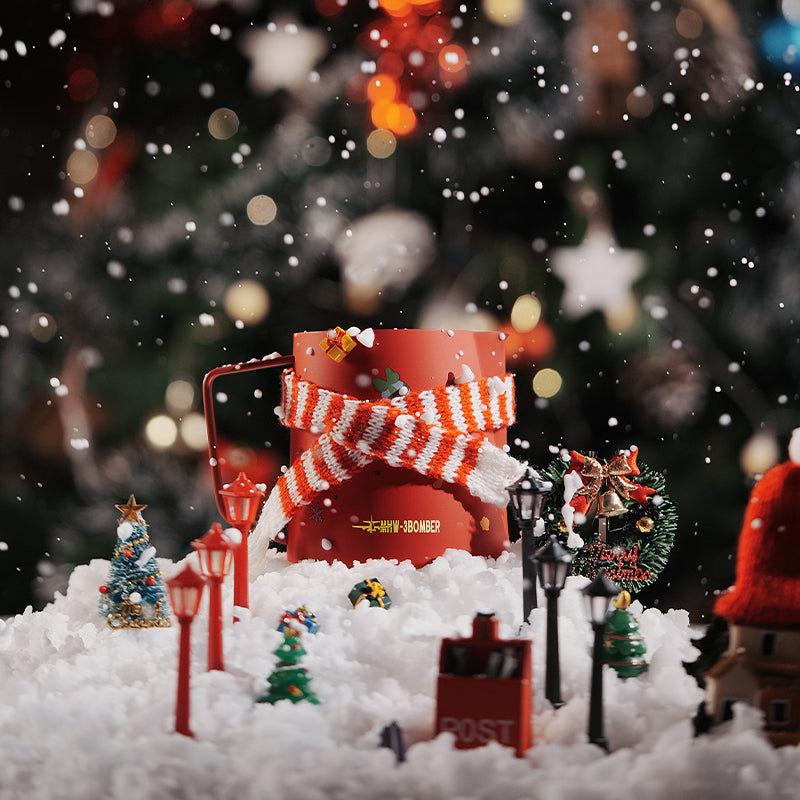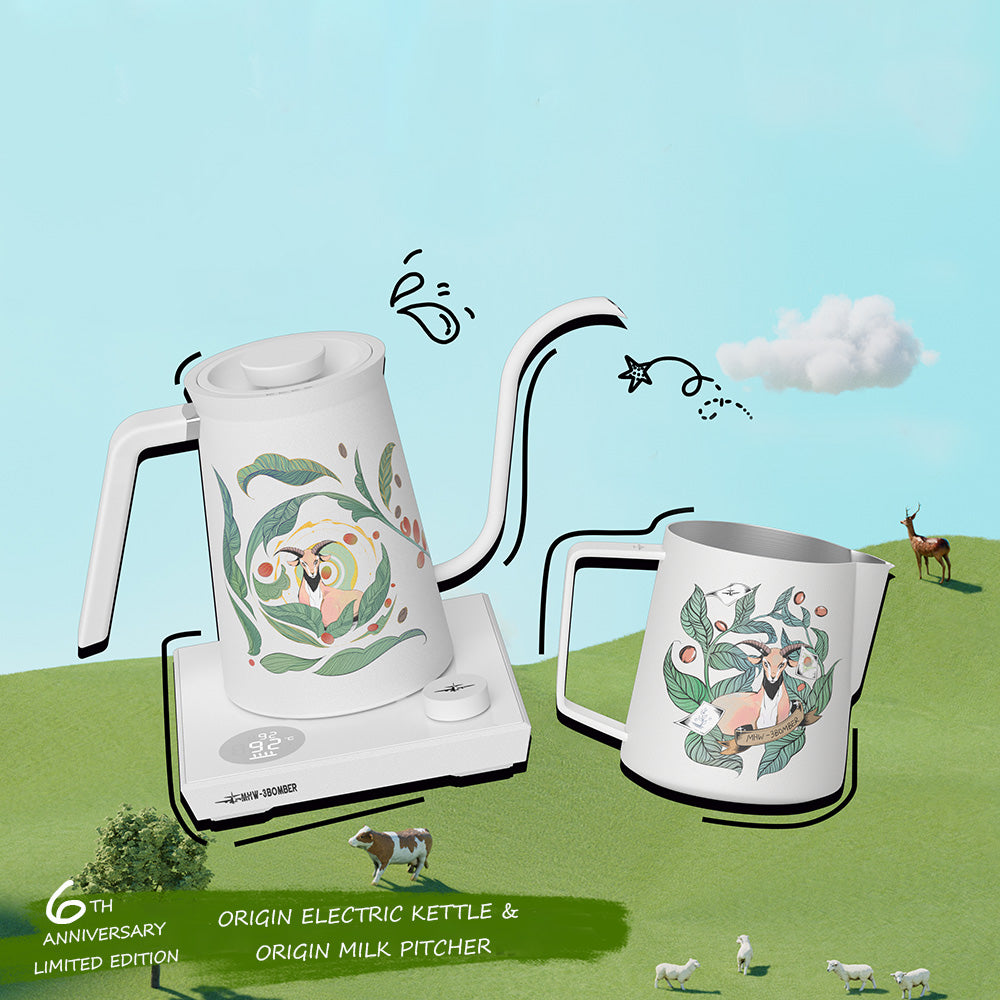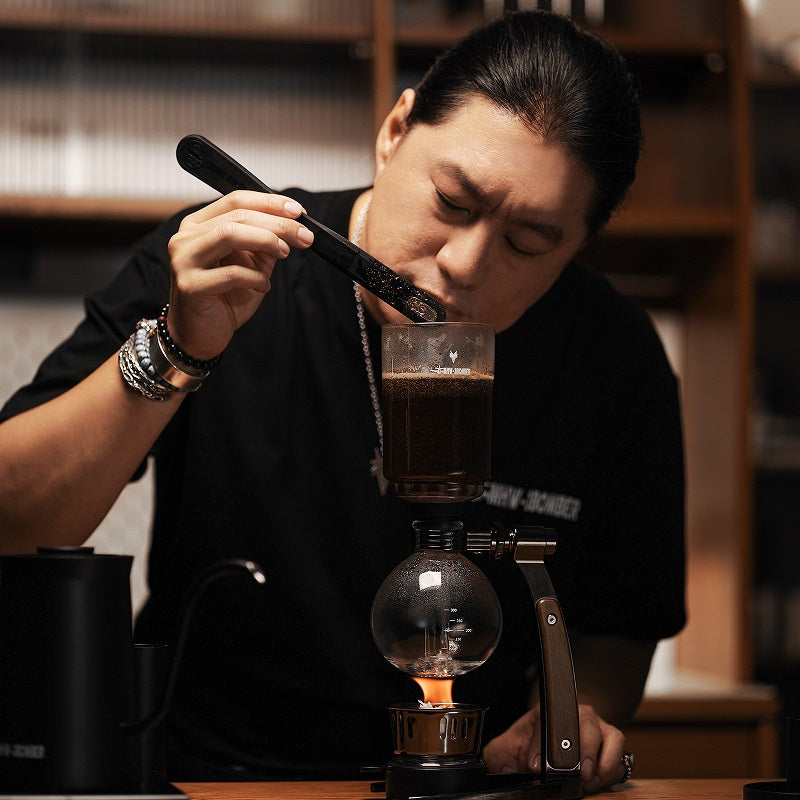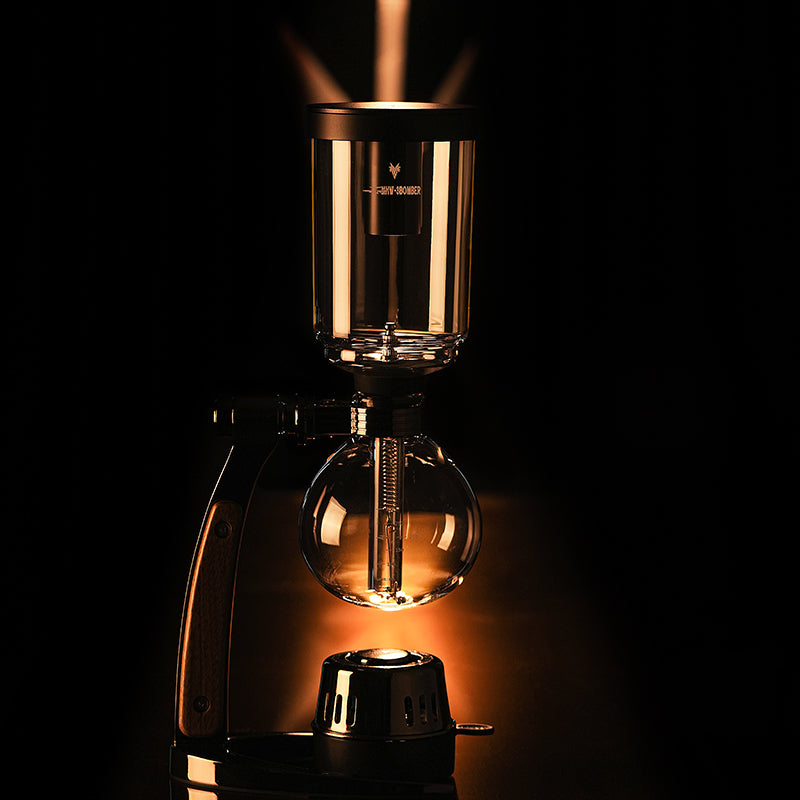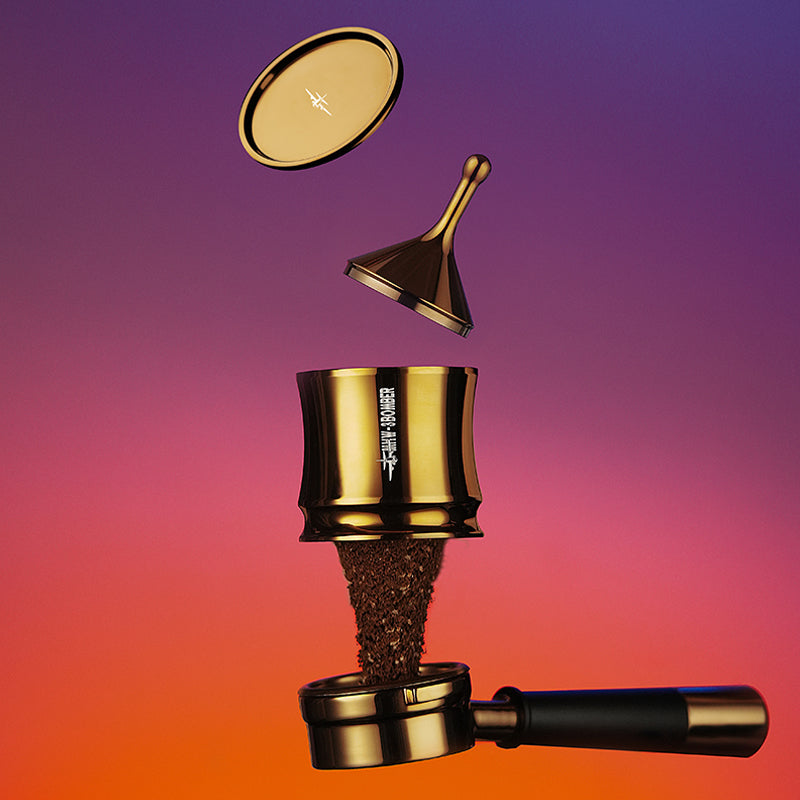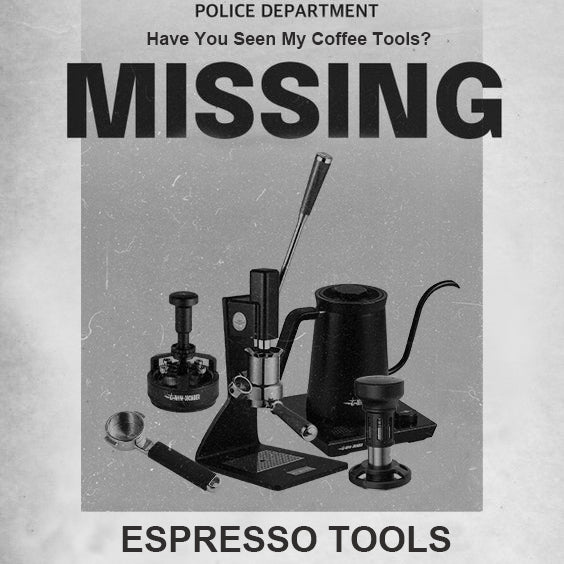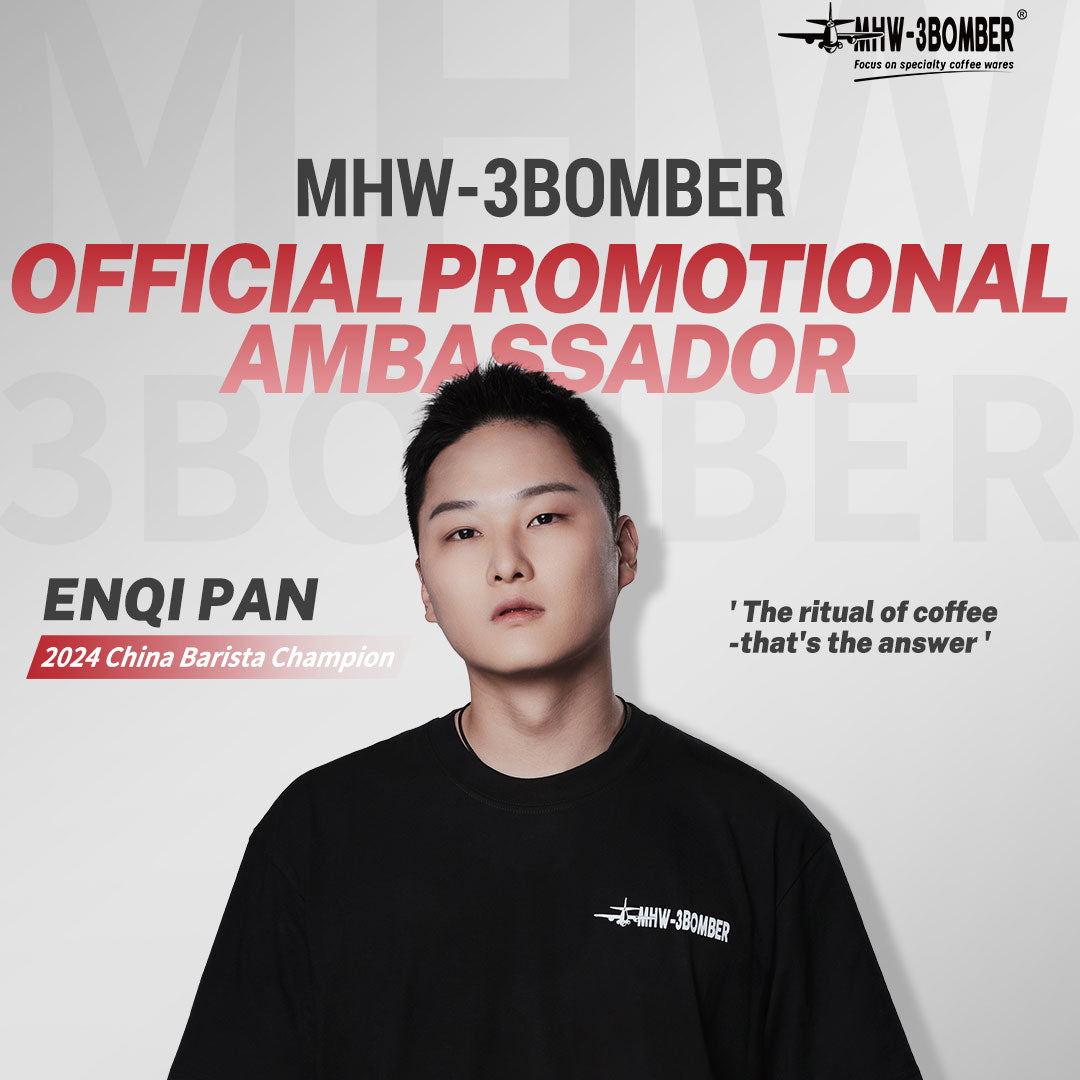Cold Brew vs. Cold Drip Coffee: Exploring the Differences
Pressed for time? Here’s a quick breakdown of the differences:
| Table header 0 | Cold Brew Coffee | Cold Drip Coffee |
|---|---|---|
| Time to Make | 12 - 24 hours | 3 - 12 hours |
| Infuse vs. Percolation | Infusion: Coffee grounds are immersed in water, allowing flavors to diffuse slowly. | Percolation: Cold water drips through coffee grounds, extracting flavors drop by drop. |
| Filter vs. No Filter | Requires filtering after steeping, resulting in a smooth coffee with minimal sediment. Paper or metal filters can be used. | Uses filters, producing a clearer coffee with a lighter body due to the slow percolation process. |
What is Cold Brew Coffee?
Cold brew coffee is a method of brewing coffee that involves steeping coarsely ground coffee beans in cold or room temperature water for an extended period, usually between 12 to 24 hours. This slow extraction process results in a smooth, rich coffee concentrate with a naturally sweet flavor and low acidity.

How It’s Made
Coarse Grounds
Coarse coffee grounds are essential for cold brew to prevent over-extraction and bitterness.
Steeping
The coffee grounds are immersed in water and left to steep for up to 24 hours.

Filtration
After steeping, the mixture is filtered to remove the grounds, leaving behind a concentrated coffee liquid.
Dilution
The concentrate can be diluted with water, milk, or any preferred liquid before drinking, depending on taste preference.
What is Cold Drip Coffee?
Cold drip coffee, also known as Dutch coffee or Kyoto coffee, is another method of cold coffee brewing that involves slowly dripping cold water through coffee grounds over several hours. This method uses a specialized cold drip apparatus, where water is released drop by drop to pass through the coffee grounds and extract their flavors.
How It’s Made
Setup
The cold drip setup typically consists of a top chamber filled with cold water, a middle chamber with coffee grounds, and a bottom chamber to collect the brewed coffee.
Dripping Process
Water drips slowly, usually taking 3 to 12 hours to complete the process, depending on the drip rate and the amount of coffee.

Collection
The extracted coffee is collected in the bottom chamber, resulting in a concentrated, flavorful brew.

Are Cold Brew and Cold Drip Coffee Stronger?
The strength of coffee is often a key consideration for many coffee lovers, and both cold brew and cold drip can pack a punch. However, the strength largely depends on the ratio of coffee to water, brewing time, and the beans used.

Cold Brew
Typically, cold brew is known for its smooth, rich flavor with low acidity. This method involves steeping coarse coffee grounds in cold water for an extended period, usually 12 to 24 hours.
The prolonged contact between water and coffee grounds can result in a stronger coffee concentrate.
However, the final strength can be adjusted by diluting the concentrate with water or milk.
Cold Drip
On the other hand, cold drip coffee, also known as Dutch coffee or Kyoto coffee, uses a drip system where cold water slowly percolates through coffee grounds.
This process can create a coffee that’s more intense and concentrated in flavor compared to cold brew.
The drip method tends to extract more of the coffee’s natural oils and flavors, which might give the impression of a stronger brew, even if the caffeine content is comparable.

Time to Make: Which is Faster?
Time is another significant difference between cold brew and cold drip.

Cold Brew: Patience is key with cold brew. The steeping process can take anywhere from 12 to 24 hours, making it a method that requires planning ahead.
The extended brewing time allows for a deeper extraction of flavors, but it’s not the quickest way to enjoy cold coffee.

Cold drip coffee is quicker but still requires several hours to brew.
Depending on the setup, it can take between 3 to 12 hours. While it’s faster than cold brew, it’s still not an instant method.
Infuse vs. Percolation: Different Brewing Methods

Cold Brew
The cold brew method uses infusion, where the coffee grounds are immersed in water, allowing the flavors to slowly diffuse into the liquid.
This method is straightforward and doesn’t require any special equipment beyond a container and a filter.

Cold Drip
Cold drip relies on percolation, where water drips through the coffee grounds, extracting flavors as it passes through.
This process is more controlled and precise, often requiring a specialized cold drip tower. The percolation method can result in a more nuanced and layered flavor profile.
Filter vs. No Filter: Clarity and Texture
Cold brew typically requires filtering out the coffee grounds after steeping. The result is a clean, smooth coffee with minimal sediment.
Some brewers use paper filters, while others opt for metal mesh filters, each affecting the mouthfeel slightly.

Cold Brew
Cold drip coffee also uses filters, but due to the slow percolation process, the resulting coffee is often clearer and has a lighter body.
The filtration process in cold drip can enhance the brightness of the coffee, highlighting different flavor notes compared to cold brew.

Cold Drip
Cold brew and cold drip coffee each offer unique experiences for coffee enthusiasts. Cold brew, with its rich, smooth, and low-acid profile, is perfect for those who enjoy a strong yet mellow cup. Cold drip, with its intense, layered flavors and quicker brewing time, appeals to those who appreciate a more intricate coffee experience. Whether you prefer the convenience of cold brew or the artisanal approach of cold drip, both methods provide a refreshing way to enjoy coffee year-round.


